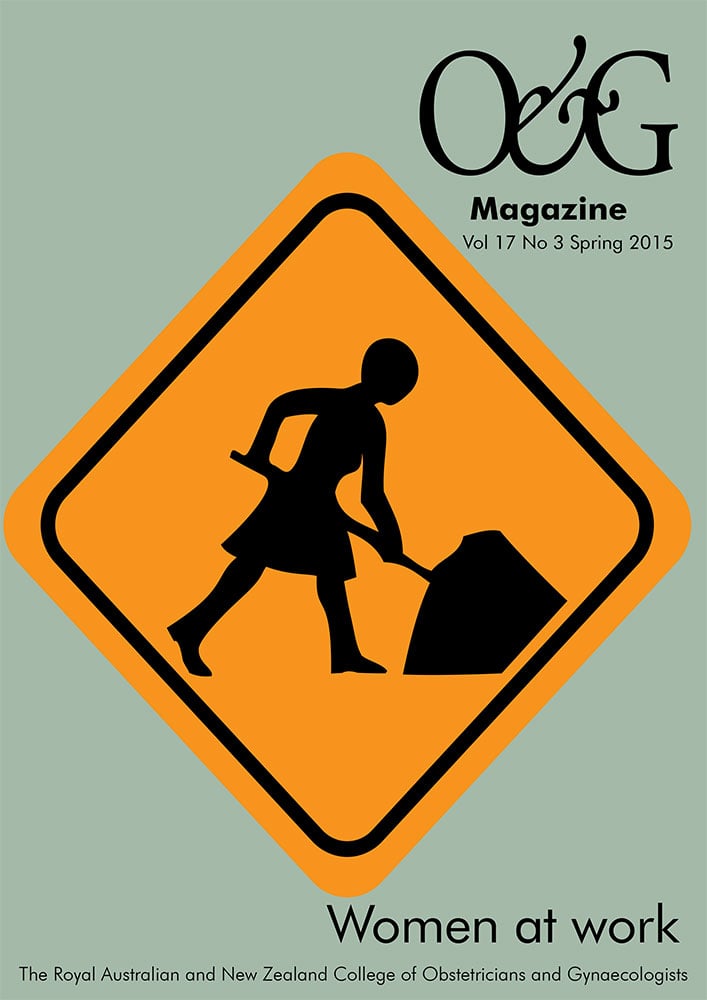The benefit of shared experience
When it came to starting a family, the decisions I struggled with most were where to fit this into my training and whether to have prenatal testing. I didn’t so much choose vaginal birth, rather it was the general expectation that it would happen that way.
Although in my early 30s, I decided the membership exams had to be behind me before I started my family. I didn’t believe motherhood should compete with study as well as shift work and long hours. Post-membership I embarked on my first and, as it turned out, only pregnancy. It was planned with precision and the estimated due date conveniently fell between registrar six-month training periods.
In the mid-1990s nuchal translucency for aneuploidy screening was only just being introduced. I was below the accepted age cut off for diagnostic testing, but decided to have an amniocentesis. I don’t know how I had the courage to go through with it given the not insignificant risk of pregnancy loss. Only in retrospect do I appreciate how much was at stake.
Having agonised over the amniocentesis decision, the mode of birth was never a big consideration for me. I was confident in the knowledge that my mother had had four children naturally, delivered by a rural GP. I conveniently overlooked the fact that I was at least ten years older having my first child, but nonetheless I was what is now regarded as a standard primigravida.
None of my contemporaries were debating the option of planned caesarean section. Senior female colleagues and the wives of male specialists had embraced vaginal birth as the norm, unless there was a clear indication for the alternative. The antenatal women I cared for were content to do the same. The spectre of perineal tears or future pelvic floor functionality was uncommonly discussed and generally not considered sufficient reason to request a caesarean section.
I had seen tragic perinatal events, but I didn’t believe this would happen to me. I had a midwife and specialist obstetrician and was planning to deliver in a well-equipped hospital. I had complete faith in the practitioners caring for me and the safety net provided.
I didn’t have the precipitate normal birth I had optimistically counted on. There was induction of labour for obstetric indication at term. All the pain relief options available were trialled including, ultimately, an epidural. My baby girl was born safe and well following straightforward instrumental assistance. There were no short- or long-term postpartum sequelae.
I have no regrets about having a vaginal birth and I’m grateful I am able to share this experience with the women I care for. The only regret I have is that I ran out of time to have more children. Trainees, I hope, will heed advice that completing family should be a priority over training and job prospects.






Leave a Reply